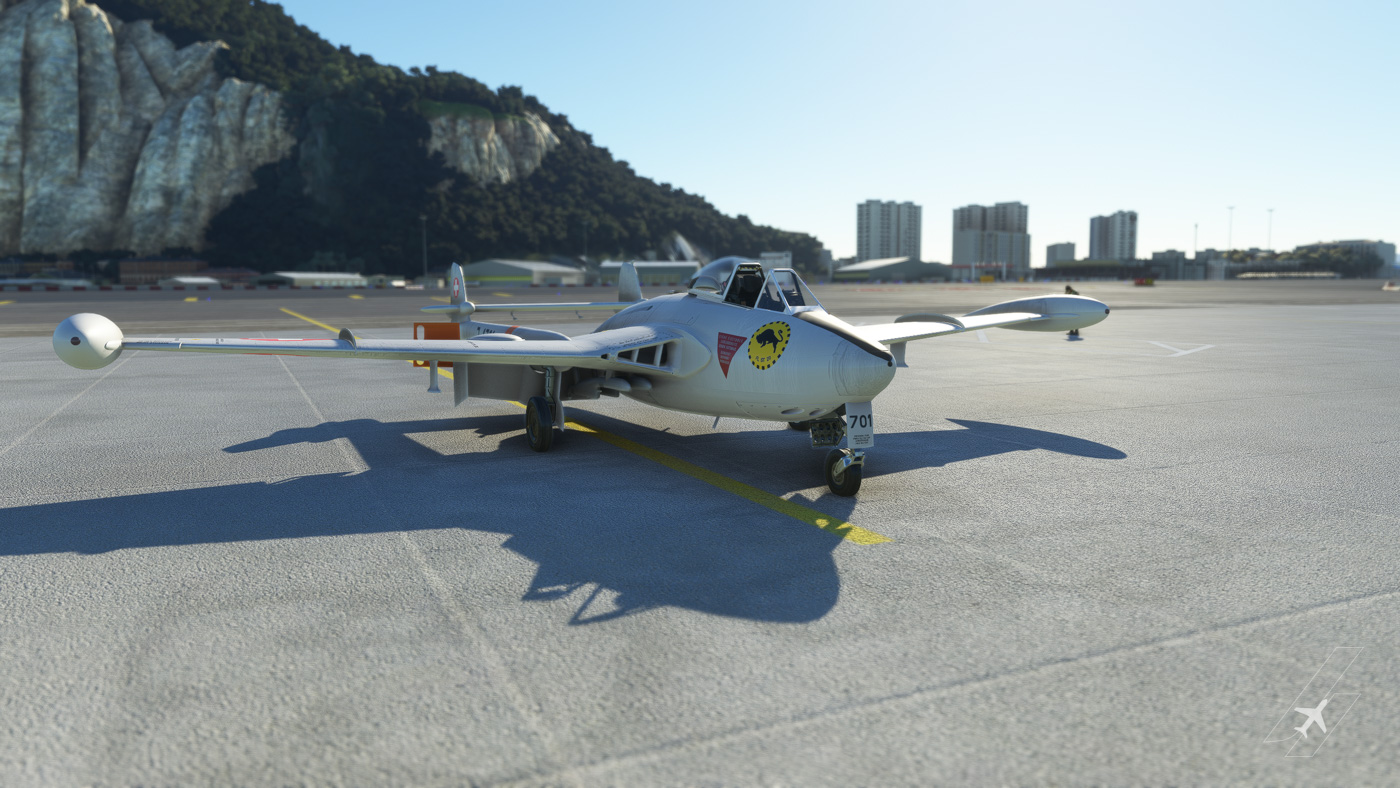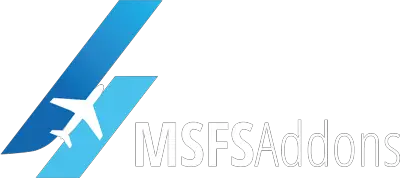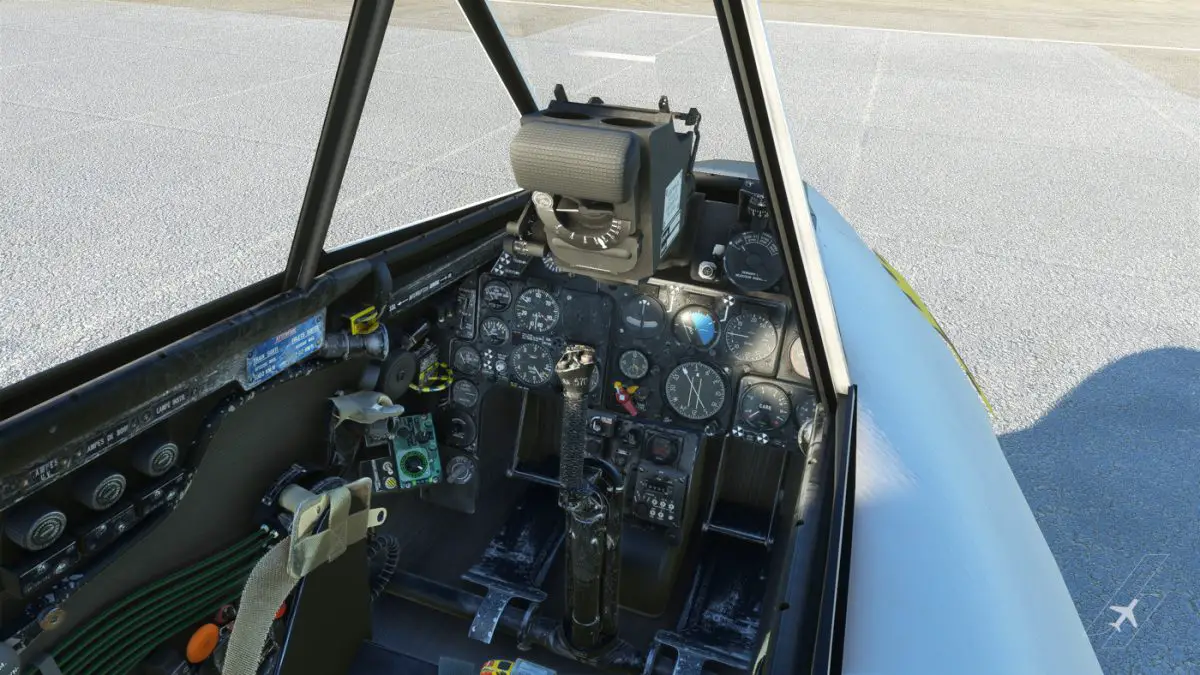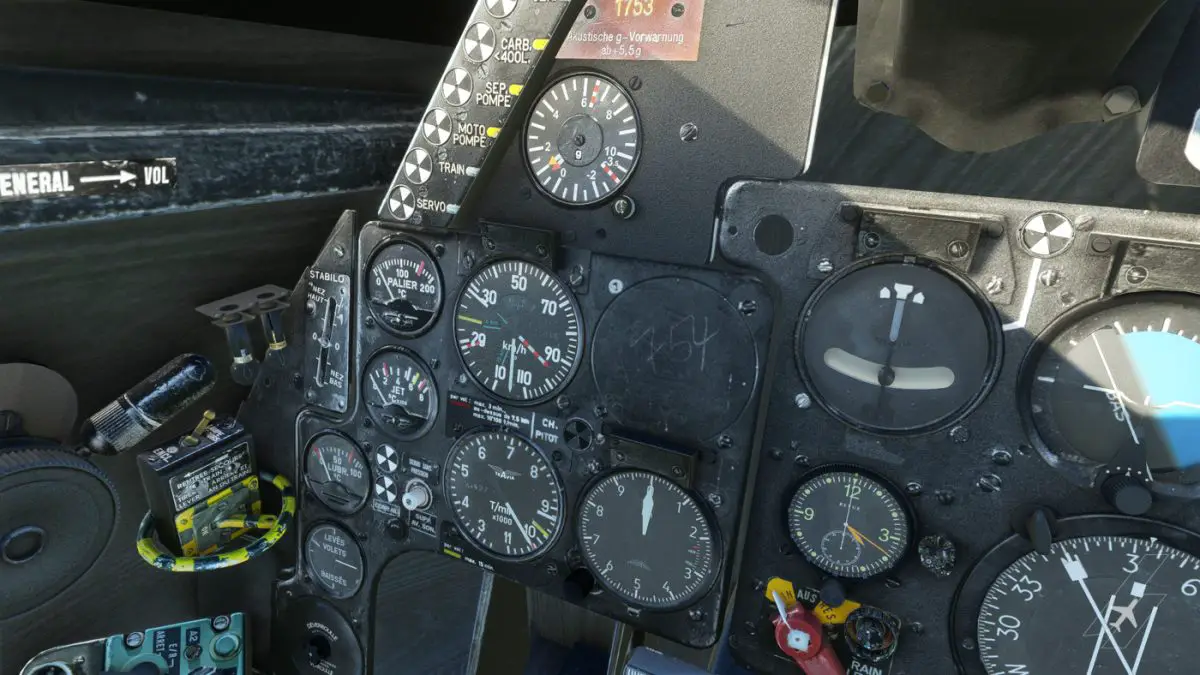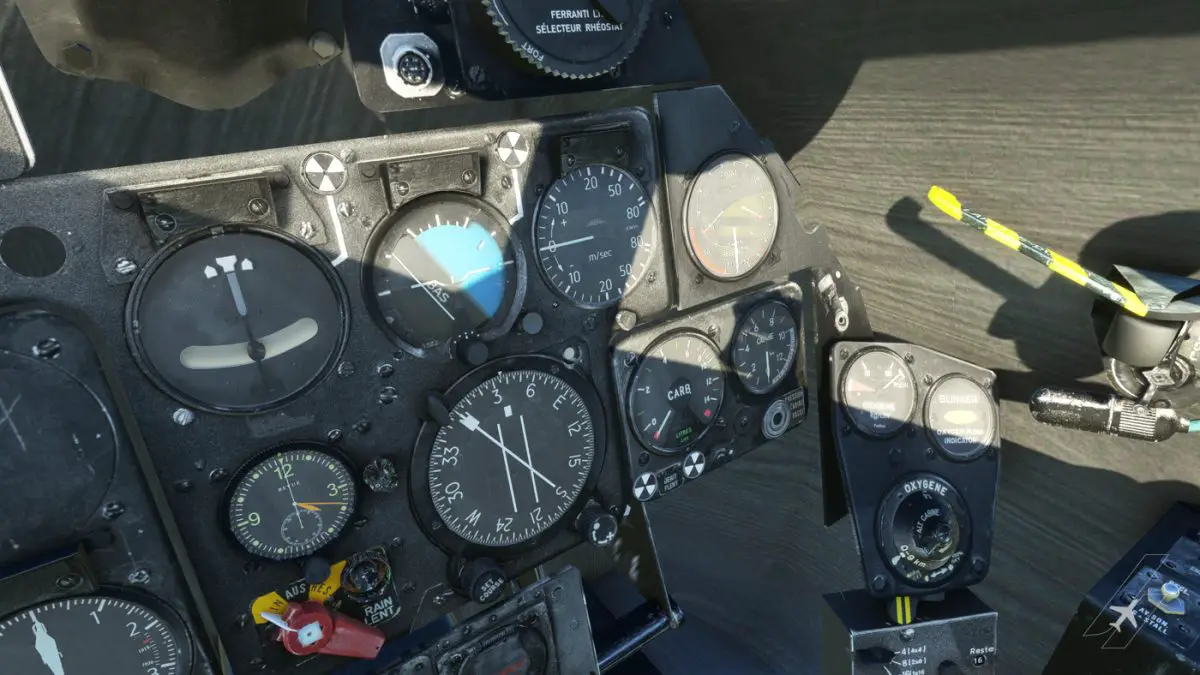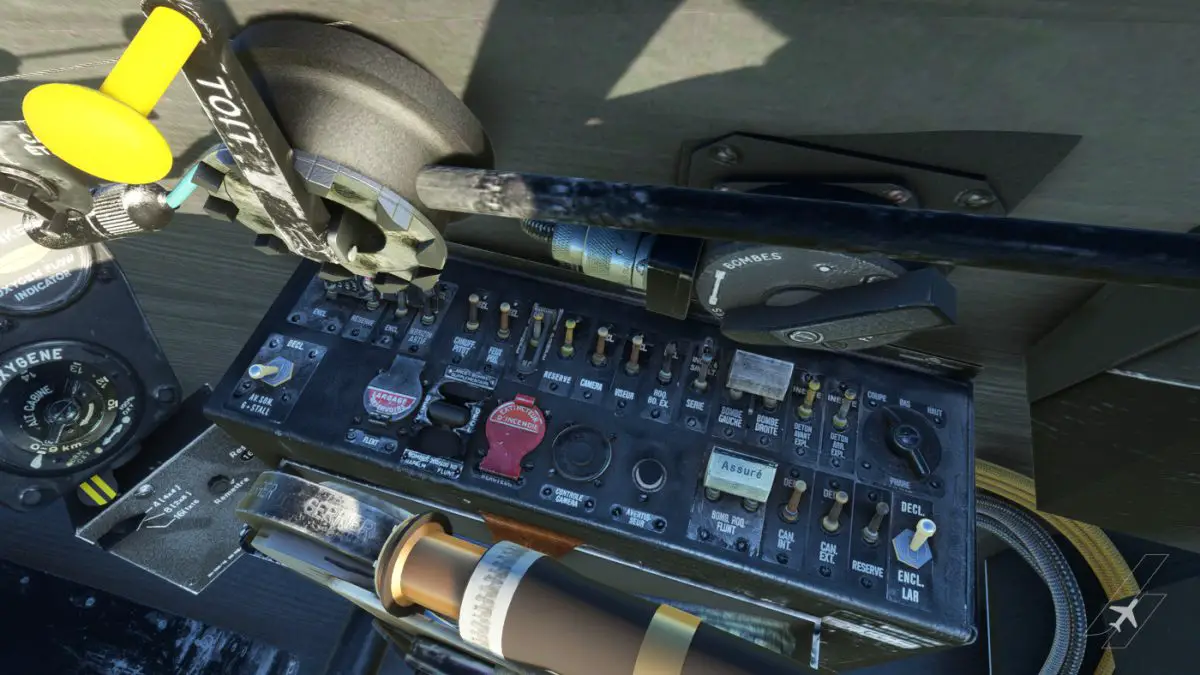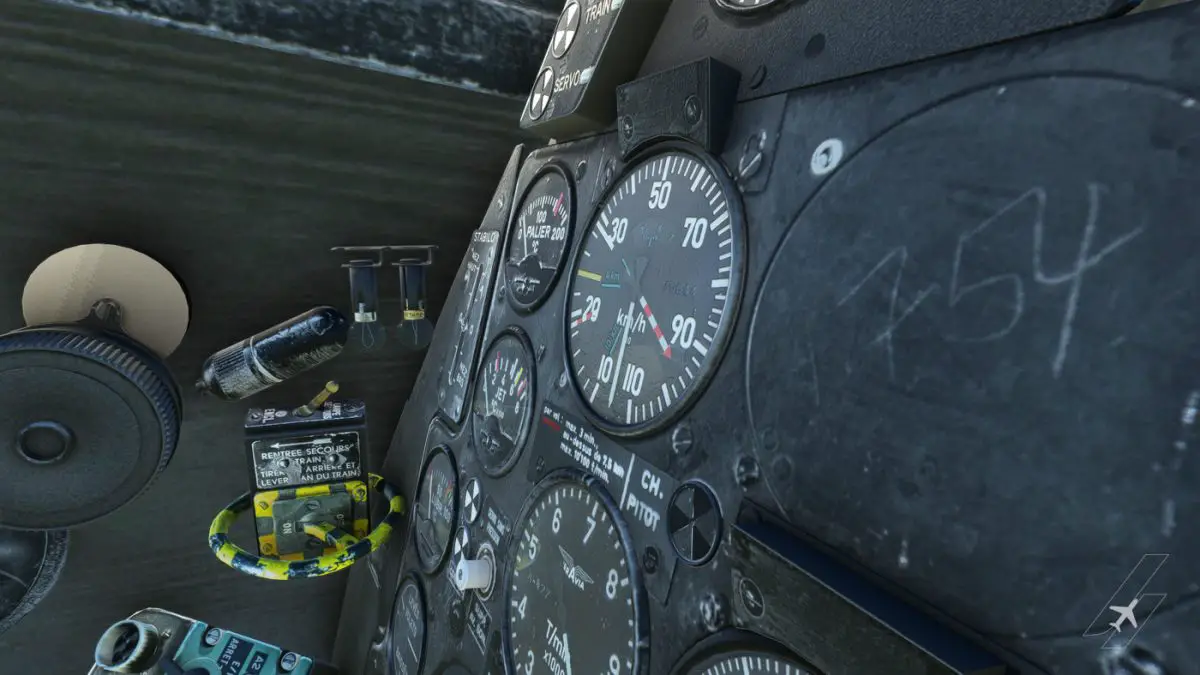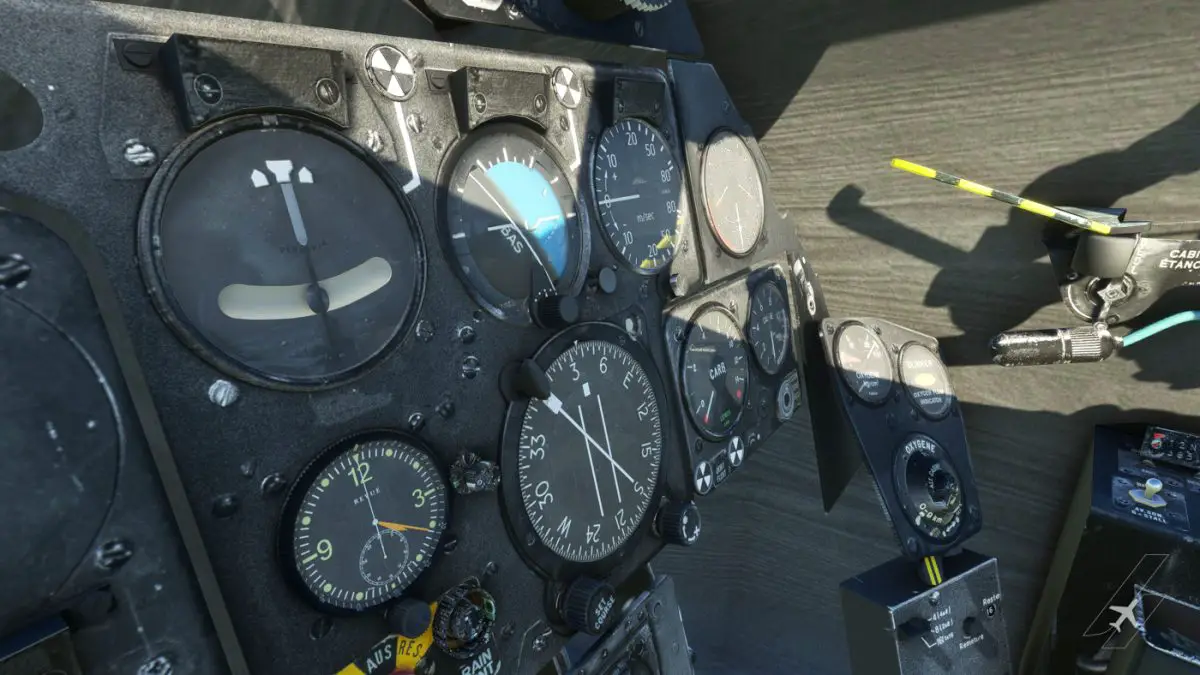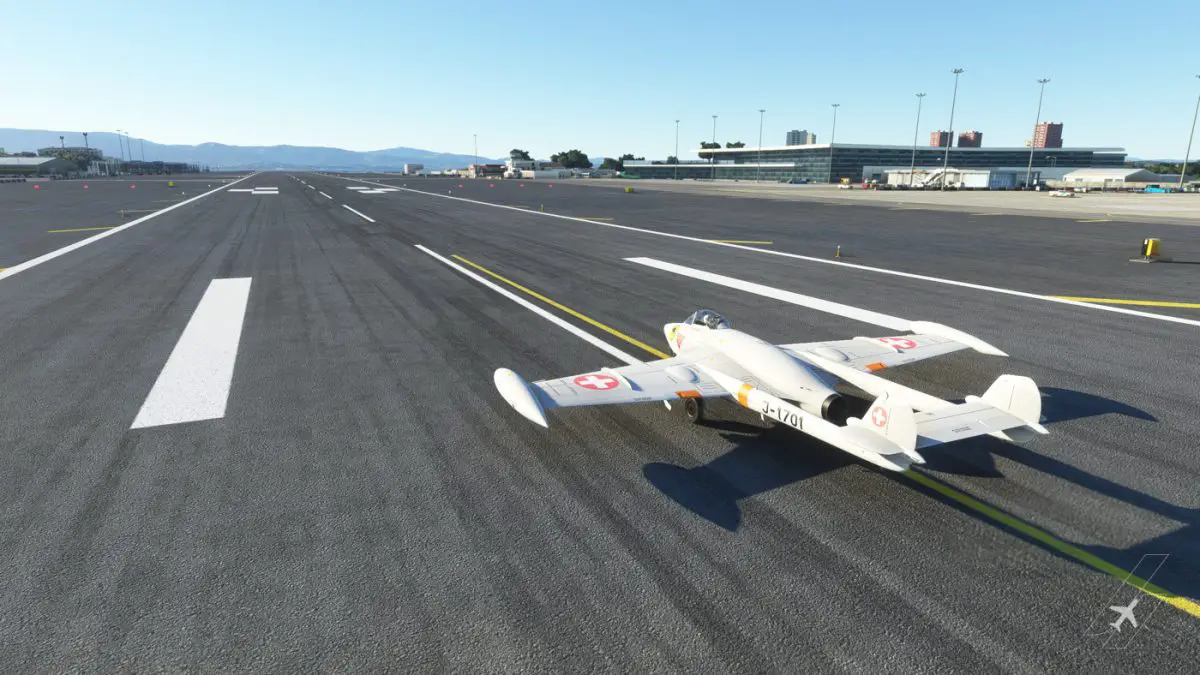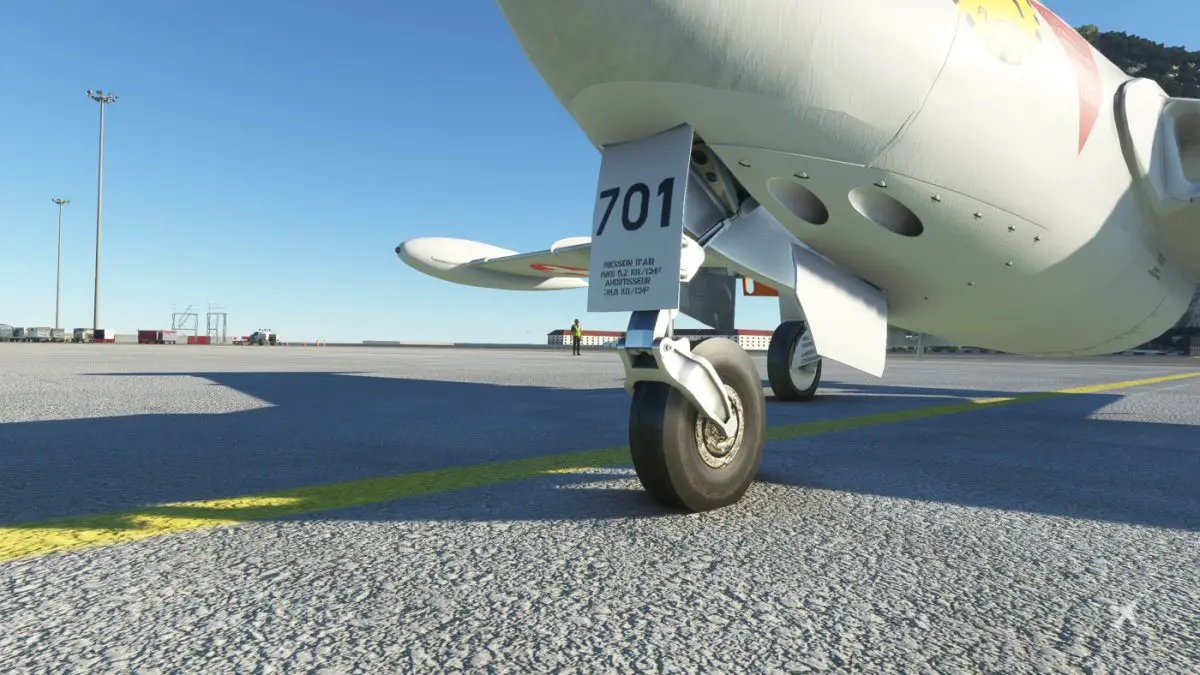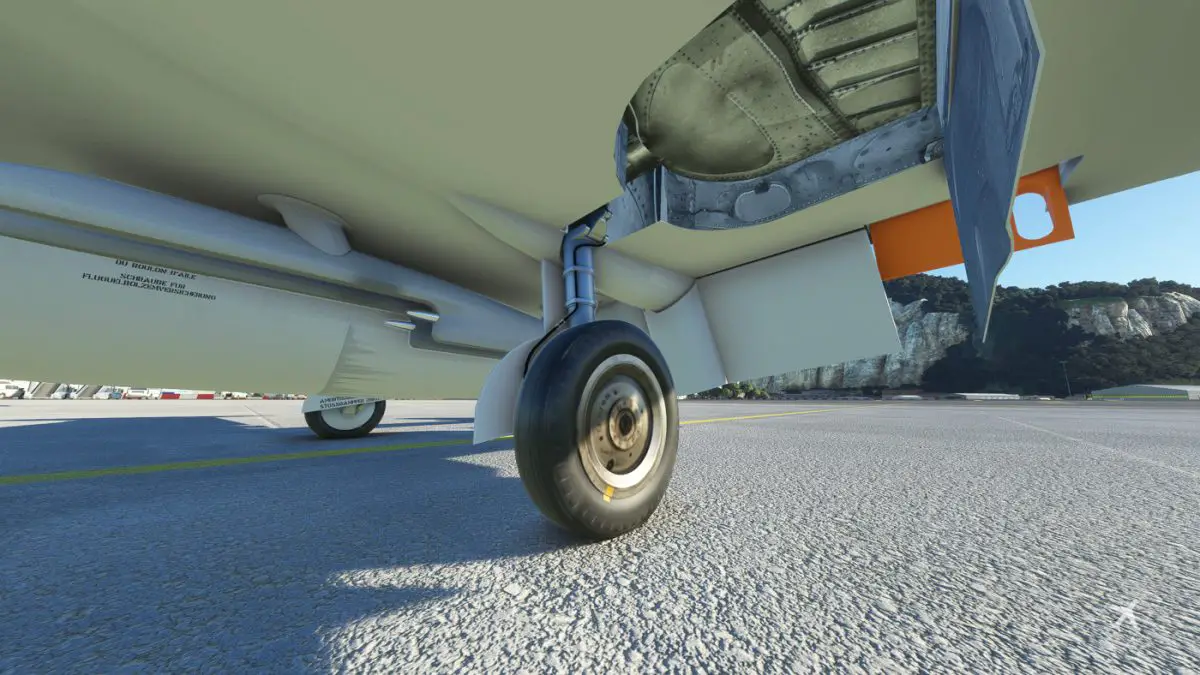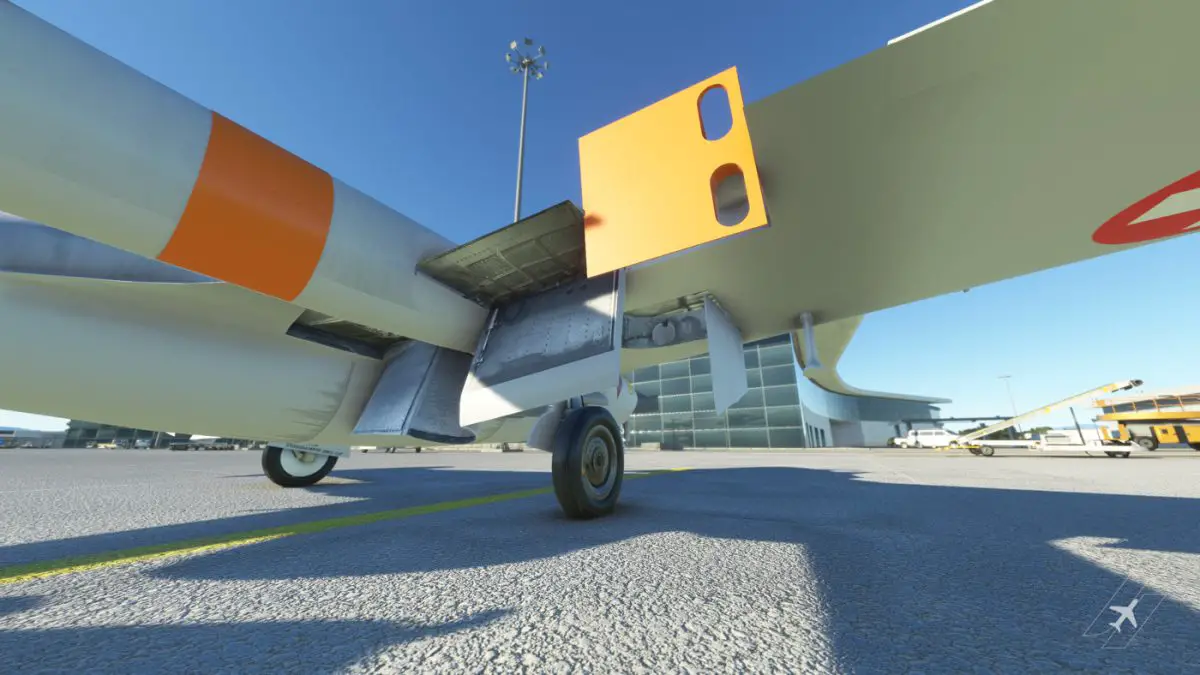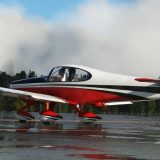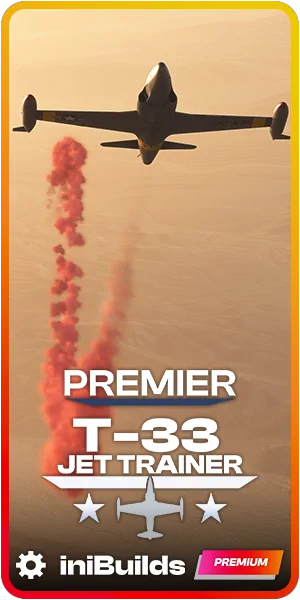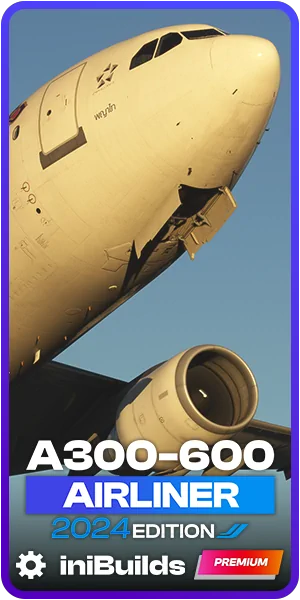Review: SwissMilSim de Havilland Venom DH-112 Mk4 for MSFS

SwissMilSim’s de Havilland Venom DH-112 Mk4 for MSFS is a handful, takes quite some getting used to, but this results in what is an incredibly rewarding experience to fly.
For those coming from more modern jets like the IndiaFoxtEcho F-35, the Venom requires care and consideration. Sure, you can throw it around, pulling high G on a banking turn through a Swiss valley, but be sure to keep an eye on the engine temperatures. Unlike modern jets which tend to be more forgiving, the Venom’s engine can and will catch fire, something I experienced during my very first take off roll. After a bit of practice and a read of the manual though, the Venom becomes more accessible, and ideal for those who want the challenge of a legacy jet. Budding Venom pilots should note the developer’s warning: “A thorough study is recommended before flying this demanding aircraft.”
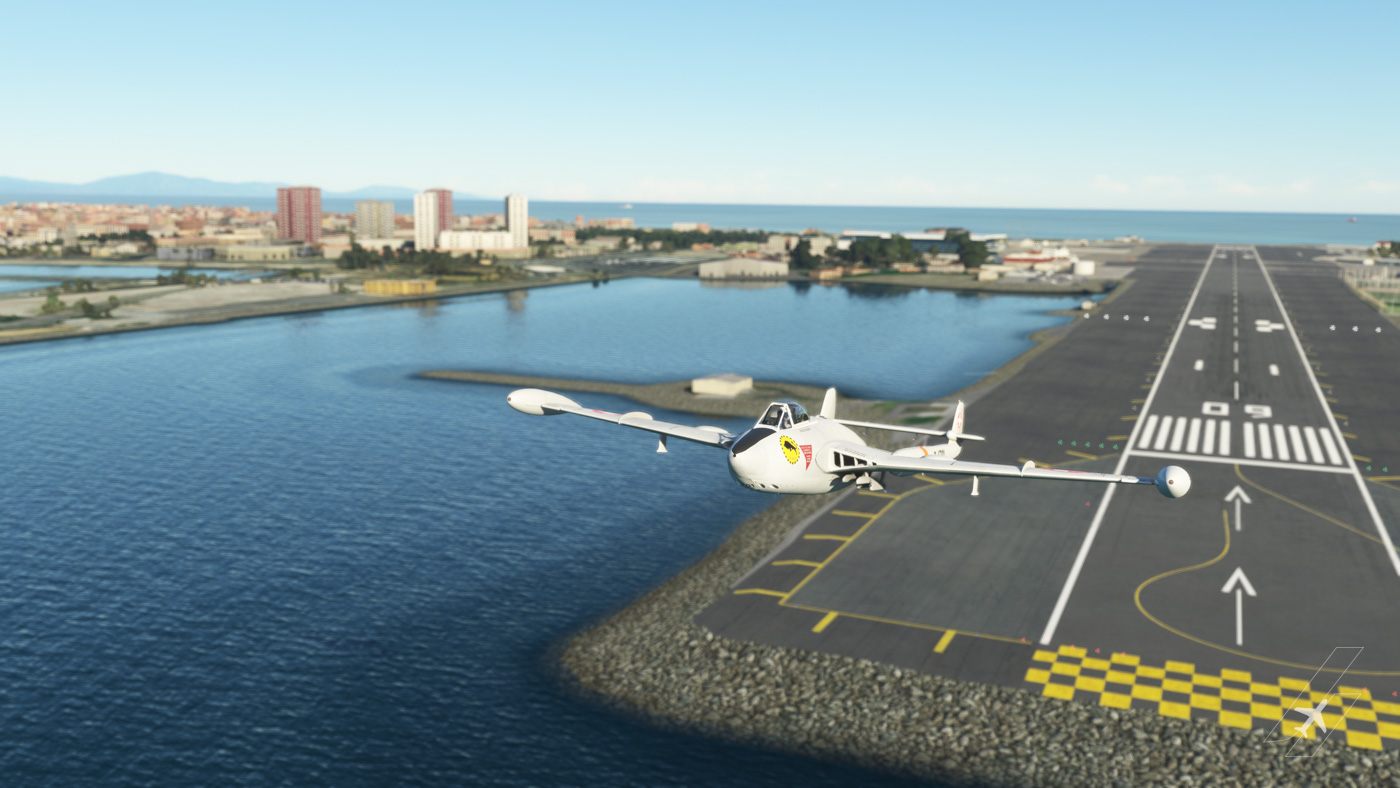
Developed in the United Kingdom during the late 1940s, the Venom entered service in 1952 with the Royal Air Force, and was later operated by the Royal Navy, and the Swiss, Swedish, and Venezuelan air forces. This Swiss Air Force was the final operator, retiring its fleet in 1983.
With its iconic twin-boom tail design, it served as both a ground attack fighter aircraft, and an interceptor, able to reach speeds of up to 640 mph or 560 knots, and an altitude of approximately 39,000 feet.
Background
SwissMilSim’s recreation of the Venom is available now on simMarket for €28.19, and installation is seamless thanks to simMarket’s app. The team has included a variety of original liveries from the Swiss fleet, including some with additional fuel tanks located below the wings. Some people may be disappointed by the lack of liveries from other operators, however this may well change in the future.
The aircraft was developed in collaboration with former real Venom pilots and engineers from the Swiss Air Force, and as a result is an in-depth and thorough recreation.
Cockpit
The first thing you will note after loading into the aircraft is that the text in the cockpit is written in French, something the developers say is “absolutely accurate” for that variety of aircraft. For those users who don’t speak French, the 68-page manual also comes in both English and German, and the aircraft is integrated with Microsoft Flight Simulator’s in-built checklist system, which can, if desired, highlight the switches and buttons needing your attention at each phase of flight.
The cockpit itself is nicely textured, with a satisfying level of wear and tear. The dials in particular look great.
The front panel is dominated by the gunsight, although this feature isn’t functional. Similarly, the aircraft’s armament is not modeled. The developers have suggested this may change in the future – “armament not yet available” – however until then the gunsight does somewhat obstruct the field of view.
Elsewhere, the majority of the systems and switches are functional, with only a few ‘dead’ switches to be found. The canopy opens, and overall the cockpit feels easy to interact with, once you have adjusted yourself to the rather legacy layout.
Soundset
The Venom’s soundset is one of its strongest features. The aircraft’s turbojet engine, which is ignited using explosive cartridges, sounds fantastic, especially during the start sequence and at high power settings.
Couple this with the satisfying switch sounds and, unlike a more modern jet, the Venom feels raw with the sounds tangibly contributing to an overall feeling that while you may currently be flying calmly through the air, taking your eye off the ball at any point can have dramatic consequences.
Handling and aircraft management
This leads nicely to how this aircraft needs to be managed. The cockpit panel has four dials that require constant attention: the RPM (reactor speed), the jet temperature, the bearing temperature, and the lubricant temperature. If any one of these spends too long in the red, the engine will catch fire and shut down.
In practice, the engine requires really careful management. If for example, lined up on the runway ready for takeoff, you simply advance the throttle to full power immediately, the engine will just shut down or even catch fire – indeed this was exactly what I experienced during my first flight. Thankfully, the manual does explain this behavior: “The heavy centrifugal compressor is the cause of a certain inertia of the engine which forces the pilot to a careful manipulation of the power lever. This behavior has been faithfully reproduced and a too fast manipulation of the power lever causes either a strong “rumbling” or even the fire of the reactor.”
The solution? Opening the power levers to around 20% for approximately 11 seconds before advancing to full power. Once in the air though, you will want to bring the power back fairly swiftly; more than three minutes or so at full power will be enough to overheat it. As I said above, this risk requires constant monitoring – an alarm will sound if the aircraft senses a reactor fire is imminent, but in many cases if you are hearing the alarm, it’s already too late and you’ll be forced to find a suitable nearby field.
Once you have the hang of engine management though, the aircraft is surprisingly easy to fly. It trims well, can hold a steady rate of climb, and feels stable in tight banking turns. Not only this, but the aircraft is also a lot of fun. The controls are responsive and at pretty much any speed, it feels agile. This makes low-level flight especially rewarding.
That said, landing is undeniably a challenge, especially in terms of speed control. The Venom has multiple stages of flaps and airbrakes, but decelerating to an approach speed requires time and planning. On a windy approach, you have to take into account that there’s a noticeable lag between advancing the throttle and power actually being applied. As with many things on the Venom though, after a bit of practice you can land smoothly and with control, holding the aircraft gently on the flare just before touchdown. With this comes a sense of satisfaction: a perfect landing feels like a genuine achievement.
External textures and detailing
The detailing and external textures on the Venom are good, but they won’t blow you away. Areas like the landing gear doors and undersides of the flaps are textured, but the rest of the fuselage looks somewhat sanitized and polished, which feels unusual for a jet of this type.
That said, the decals look really sharp and overall it’s a striking aircraft to look at – the lack of crisp detail in certain places in no way detracts from the enjoyment of such a unique and unusual design.
Conclusion
The decision as to whether or not to buy the Venom has to come down to personal preference and what you’re looking for.
If you’re after an arcade-style experience with a jet you can start the engine of, forget about its limitations, and proceed to throw around an alpine valley, the Venom probably isn’t for you. But, if you’re looking for a faithfully reproduced legacy jet, with all the challenges, quirks, and considerations that come with that, the Venom really is fabulous. It strikes a really impressive balance: it’s just complicated enough to feel like a rewarding challenge, without you ending up pulling your hair out working out how to start the engine. Similarly, it’s agile, dynamic, and incredibly satisfying to fly, without feeling easy and oversimplified. As I said at the start of this review: the Venom is a handful, but a thoroughly enjoyable one.
Pros
– Excellent soundset
– Detailed cockpit
– Satisfying to fly
Cons
– Slightly lacklustre external textures
– Only Swiss liveries
